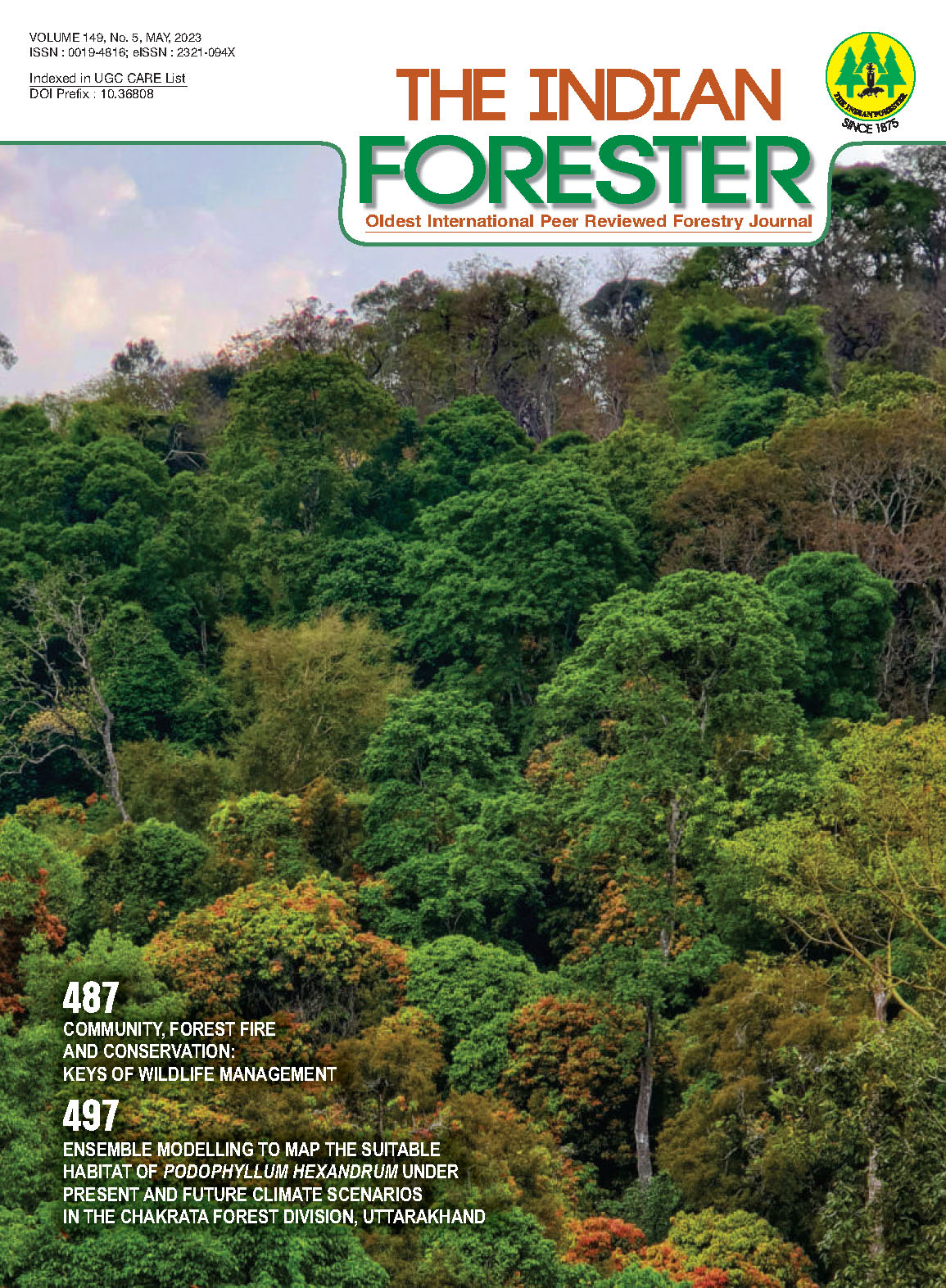Quantitative Analysis of Socio-Economic Status of Artisans of Wood Carving Industry of Saharanpur (Uttar Pradesh)
DOI:
https://doi.org/10.36808/if/2023/v149i5/166564Keywords:
Wood Carving, Handicraft, Artisans, Wood Carving Industry.Abstract
The present study is focused on the socio-economic status of the artisans engaged in the wood carving handicraft industry of Saharanpur (U.P.) India. The study revealed that 99.42% of artisans are engaged with the wood carving industry. Out of these, 97.10% of artisans were doing hand carving work mainly on shisham. Illiteracy is the main issue behind the poor economic status of artisans. Overall, 66.95% of artisans were having very poor socio-economic status 56.23% of artisans were having annual income between 1-1.5 lakh. Due to low wages, only 50.75% of artisans wanted to pass their traditional knowledge of wood carving to their next generation. This study revealed the dark side of this world-famous wood carving industry of Saharanpur (U.P.) India.References
Daniel W.W. (1999). Biostatistics: A foundation for analysis in the health sciences. 7th Edition, John Wiley and Sons, Inc., Hoboken.
Dubey P., Singh S.P., Singh V., Dhiman S., Saini A., Devi M. and Mishra P. (2020). In-Depth Quantitative Analysis of Saharanpur Wood Handicraft Industry on the Specific Issues of Availability and Supply of Raw Material. Current Journal of Applied Science and Technology, 39 (48) : 136-144.
Marhaeni A.A.I.N., Yuliarmi N.N. and Setiawina N.D. (2019). Empowering small industry ofwood carving handicraft inBangli district. Asia Pacific Journal of Innovation and Entrepreneurship, 13 (1) : 121- 136.
Risna R., Muhammad F. and Nandang M. (2017). Social Capital of Wood Carving Artisans FacingGlobal Economic Competition: (Case Study of Craftsman on Cipacing Village Sumedang Regency, West Java). International Journal of Science and Research, 6 (10) : 1728-1733.
Shah A. and Patel R. (2019). Suggestive measures to empower the 'heirs of handicrafts. Empower the 'heirs of handicrafts, 8 (3) : 36-43.
Singh V. and Dev P. (2012). Operational need of artificial recharge plan for groundwater augmentation in Saharanpur area, Uttar Pradesh. Bhujal News. Quarterly Journal, 27 (1-4) : 19-24.
Singh V. (2007): Hydrogeo environmental appraisal of Saharanpur city region, Uttar Pradesh. VikramUniv.Ujjain, Unpubl. M. Phil. Thesis, 81 p.
Singh V. and Dev P. (2009). Rainfall variation analysis and future trend in Saharanpur district- environmental context. Indian Jour. Environmental Protection, 29 (8) : 710-718.
Verma Aayushi and Gupta Illa (2016). Trends evolution in the wooden folding screen of Saharanpur. Chitrolekha International Magazine Art and Design, 6 (1) : 43-51.
Downloads
Downloads
Published
How to Cite
Issue
Section
License
Unless otherwise stated, copyright or similar rights in all materials presented on the site, including graphical images, are owned by Indian Forester.





